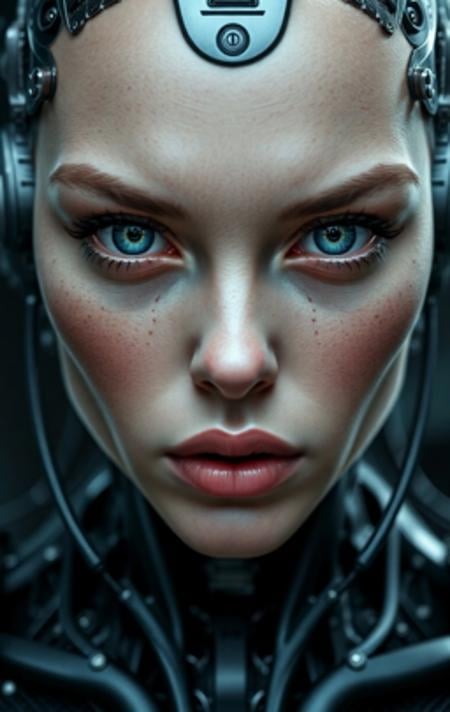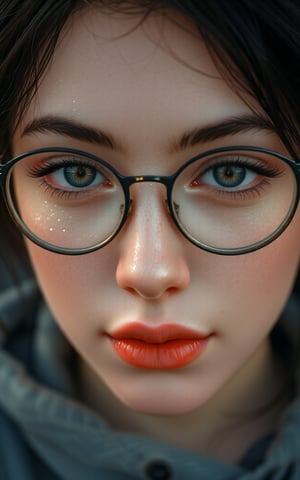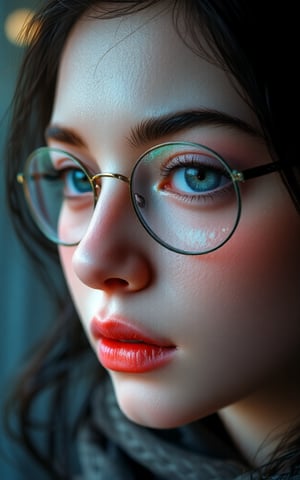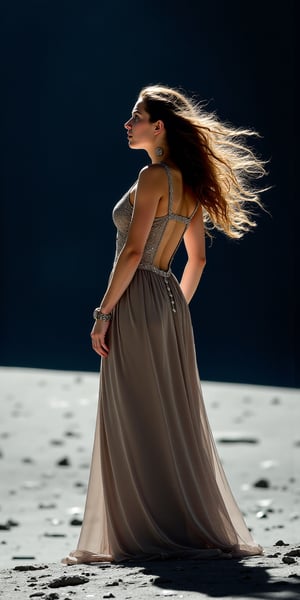ORIGINAL AUTHOR cbrescia Creator Profile | Civitai
Flux1-Hybrid: Blending Dev's Realism with Schnell's Speed and Improved Prompt Adherence
Introduction:
Introduce your new diffusion model, highlighting its unique combination of realism, speed, and prompt adherence. Emphasize the benefits of using this model compared to other popular options like Dev and Schnell. it is perfect for users with limited computational resources who want to generate high quality images quickly.
Key Features:
4-step generation: Produces high-quality images in a fraction of the time compared to many other models.
Enhanced prompt adherence: Accurately captures the nuances of your prompts, resulting in more relevant and creative outputs.
Photorealistic quality: Achieves a level of realism that rivals Dev, while maintaining the versatility of Schnell.
CFG sensitivity: Provides fine-grained control over image generation through the CFG scale.
Comparison with Other Models:
Create a detailed comparison table:
Feature Flux1-Hybrid Dev Schnell
Prompt Adherence Excellent Very Good Good
Realism High Very High Medium
Versatility High High High
Efficiency High (4 steps) Low Medium
Lighting Quality Very Good Excellent Good
Detail High Very High Medium
Artistic Style Diverse Realistic Artistic
Analysis:
Prompt adherence: Our hybrid model consistently generates images that closely align with the provided prompts, outperforming Dev in this regard.
Realism: While Dev excels in photorealism, our model offers a more balanced approach, combining realistic elements with artistic flair.
Efficiency: The 4-step generation process makes our model significantly faster than Dev, without compromising on quality.
Versatility: Our hybrid is capable of producing a wide range of styles, from photorealistic portraits to abstract art.
Inference Time: Intel I5, 32 RAM, Nvidia 3060 12Gb, 45s (same settings, dev, 2m42s). tested with SwarmUI working on ComfyUI.
Caveat: The time of generation of images is measured with the model preloaded. From the click on generate button until the image ends. The model first makes an initial image, which is then refined in 4 steps, the 4 steps last much less than the generation of the initial image.
How to Use:
Recommended settings: Random seed, CFG=1 (0.8-1.2) range, sampler: Euler, Scheduler: Normal/Simple, in the examples Resolution: 5:8 (768x1216).
Clip,T5 encoders and vae are incorporated with Kijai Flux1-FP8. It´s recommended to use --lowvram interface flag to pass the handle of encoders to CPU
Limitations: the range of CFG for non distorted images is narrow. Realistic images are affected by CFG, abstract and landscapes not the same, so for images without humans, in dark images you can raise CFG, and for shinny ones you can lower it a bit more CFG (0.6-1.4). There´s no FluxGuidance as in dev model. Text is an issue to solve.
Acknowledgements:
Thank the teams: Express gratitude to the Black Forest Labs team for creating Flux1 and the ComfyUI community for their valuable insights.
License: CC BY-NC 4.0, No commercial
FLUX.1 is a powerful tool, but the results may vary depending on the complexity of the prompt and the parameters used. Have fun experimenting and creating your own artwork!
















![[by [Lori Earley|Victor Nizovtsev|Carl Gustav Carus] and Krenz Cushart:by Krenz Cushart and Lori Earley in the style of Victor Nizovtsev and Carl Gustav Carus:15],Goth,looking at viewer,goth girl,Midjourney_Whisper](https://image.tensorartassets.com/cdn-cgi/image/anim=false,plain=false,w=300,q=85/posts/images/617734005311250759/ee0cbae8-7dc4-4ec2-9c58-5585863d300b.png)
![[by [Lori Earley|Victor Nizovtsev|Carl Gustav Carus] and Krenz Cushart:by Krenz Cushart and Lori Earley in the style of Victor Nizovtsev and Carl Gustav Carus:15],Goth,looking at viewer,goth girl,Midjourney_Whisper](https://image.tensorartassets.com/cdn-cgi/image/anim=false,plain=false,w=300,q=85/posts/images/617734005311250759/2771f0a0-a717-406f-9e10-cef991ea55ad.png)























